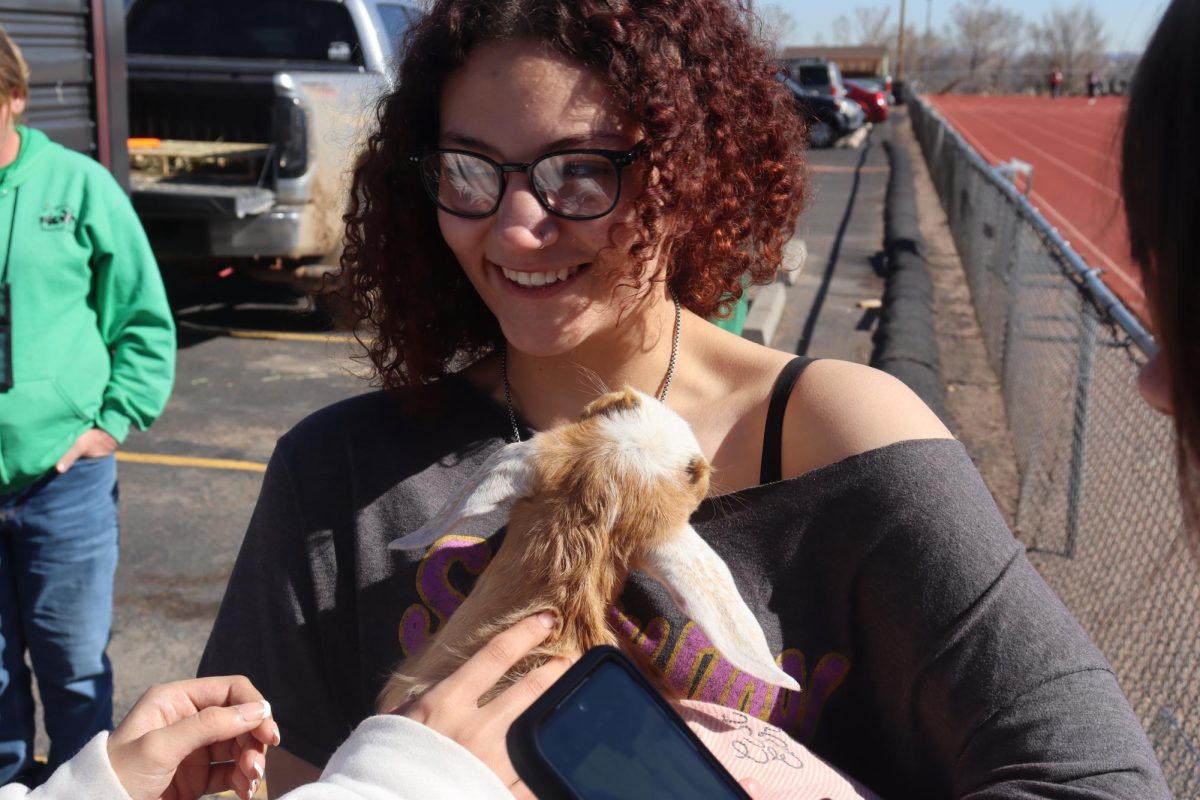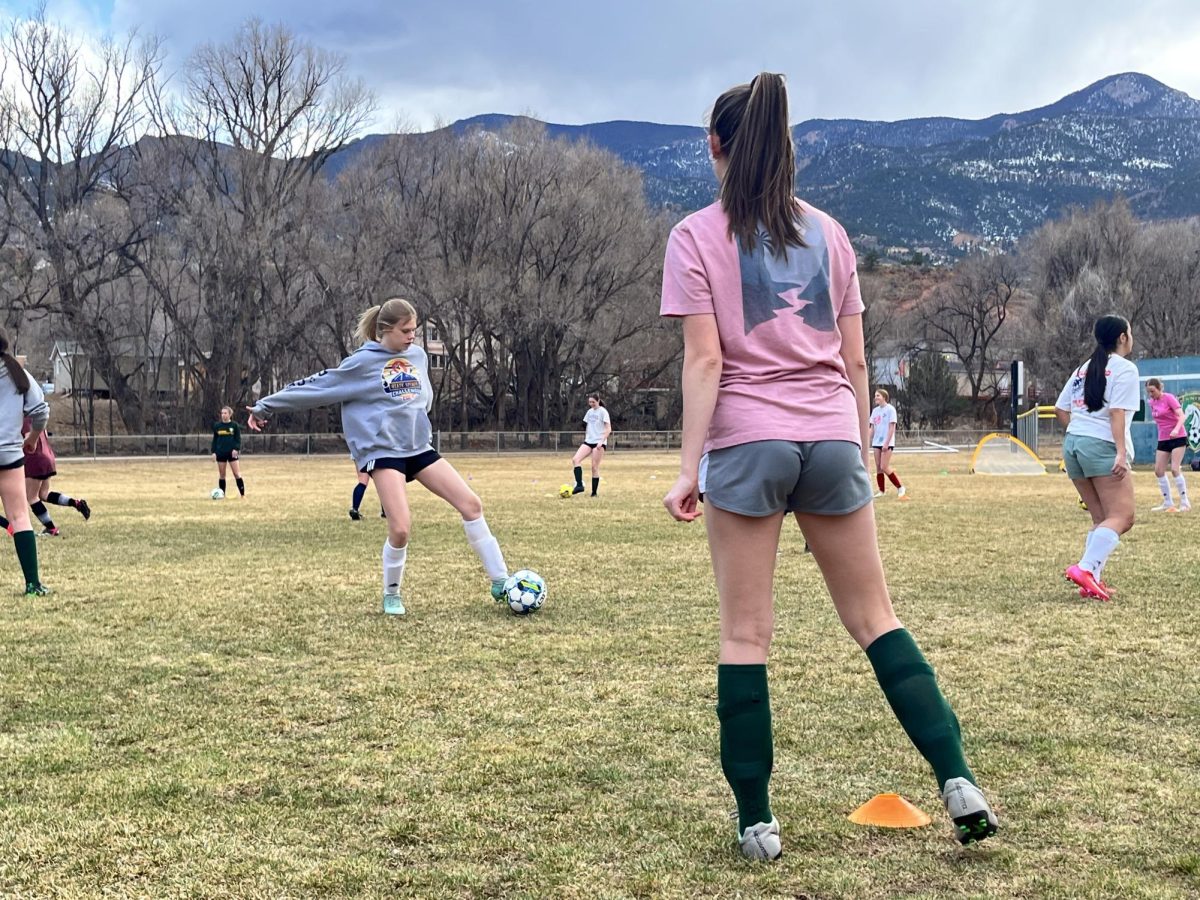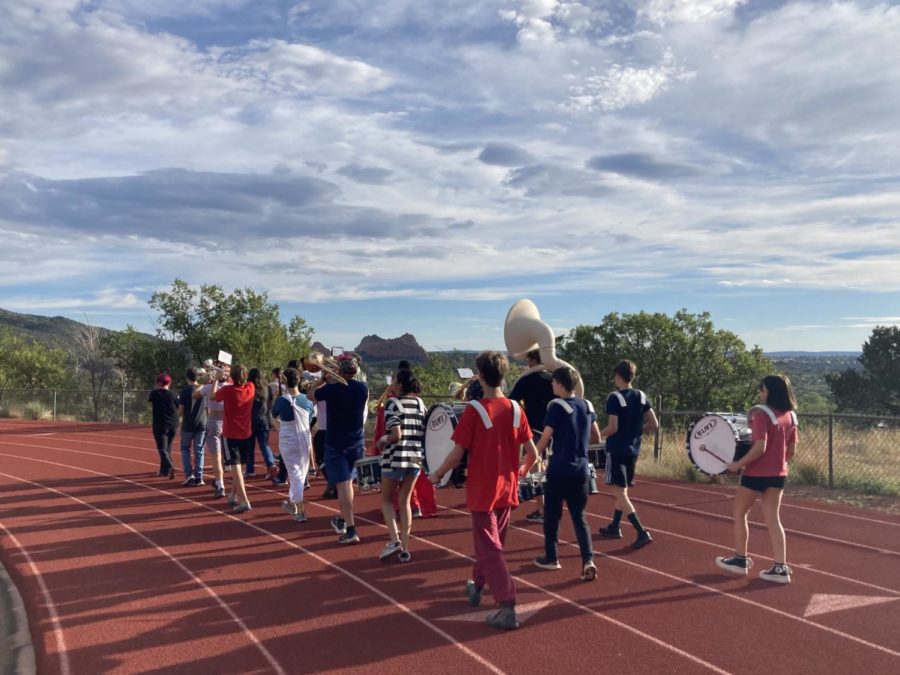In May of 2024, Governor Jared Polis signed a bill stating the reintroduction of 30 female and 15 male wolverines to the state of Colorado. This reintroduction will be a three-year-long period of releasing the animals back into the state.
While some might say “But they are dangerous!” or “What about our livestock?” or maybe even “The only good wolverine is a dead wolverine.”, the introduction of this animal is good for the state. These statements are incorrect because of how much livestock is killed by wolverines per year, how many people are injured or killed by wolverines per year, how many wolverines are killed by people each year, and wolverines’ role in the Colorado ecosystem.
Wolverines are carnivores, animals that primarily or only eat meat. They do hunt prey, primarily voles, squirrels, snowshoe hares and birds; but on occasion and sometimes rare cases, they will hunt moose, dall’s sheep, caribou, and probably deer when reintroduced back to Colorado. Attacks on livestock are rare, but it does happen. In May of 2022 in Utah, 18 sheep were attacked and some killed by a wolverine. And in Sweden and Norway, wolverines have been known to kill sheep and reindeer, a domestic version of a caribou. Despite this, wolverine attacks on livestock are very rare. The wolverine in Utah was one outside of his normal range and is an oddity, and the attacks in Sweden and Norway are still rare. So wolverine attacks are like shark attacks. They almost never happen, but when they do people go bananas.
In the wild, there has been no record of wolverines attacking or killing people. There have been only a few stimulated attacks in captivity while handling cubs or being around the nest. Wolverines like to stay away from human activity due to how noisy we are as well as how weird we look as a mammal.
If you stumble across a wolverine out in the wild, the best thing to do is to remain calm and back away slowly from it; and whatever you do, don’t be loud or turn your back to the animal. This will trigger a prey response to the wolverine. To stay safe from a wolverine encounter hike with friends or family and talk to one another, this should scare off the animal. The only real times wolverines would want to interact with people is to steal food/garbage or if they think they or their kits, baby wolverines, are in danger. So if you don’t interact with a wolverine, be loud, keep your food and trash locked up tight, and don’t try to interact with it like if it’s a dog.
In the state of Alaska alone, approximately 550 wolverines are killed a year due to legal hunting and trapping. Wolverine breeding season lasts from May through August. Wolverine pregnancy lasts up to 30-50 days giving birth 1 or 2 sometimes 3 kits each with a survival rate a little over 10% and only staying with their mothers for 6 months to up to a year. Due to the low chance of reaching adulthood, the life expectancy in the wild only being 5-7 years, and primarily a solitary species only coming together for breeding the wolverine population is fragile. Wolverines, despite being very hardy animals especially when it comes to them taking damage from other animals and bullets, can still be killed. So in total, people have killed way more wolverines than wolverines have killed people.
Before western settlement, wolverines lived in northern Eurasia as well as North America. In the Americas they lived all the way down into north Texas, most of California, as well as between the West Coast and the Rocky Mountains. But as Manifest Destiny expanded westward, people started to kill wolverines because of “the threat they faced to people and livestock.” This caused populations to dwindle drastically in Montana, Idaho, and a small sliver in Washington state.
Wolverines are super important to their environments due to them being small game hunters but primarily being scavengers. A scavenger is an animal that eats dead animals killed by other predators or disease, like vultures and hyenas for example. Scavengers help keep the spread of disease and decay in check. Without these animals, disease will be more common and more deadly, not to mention the amount of uneaten roadkill.
In conclusion, it is super important to bring back the wolverine to restore our ecosystem. They help control the amount of small game and animal corpses in check, and they can bring in more ecotourism that is relatively safe, if you aren’t actively trying to get a wolverine to attack you.





































